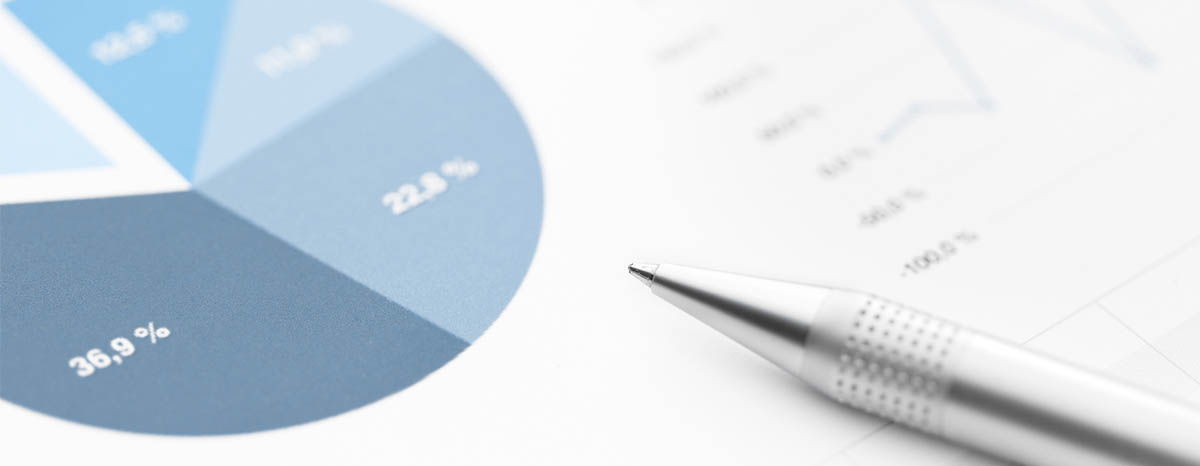Five financial principles that every entrepreneur should know
Topic: Financing
30 December 2021

Managing the finances of an SME is not generally among an entrepreneur’s preferred activities, but it is essential to the operation, survival and success of the business.
It is important to clearly distinguish the financial management of an SME from accounting management. Financial management focuses primarily on managing the liquid assets generated by the business and using them to pay for operating costs, whereas accounting management focuses primarily on the presentation and analysis of financial data related to the status and performance of the business.
To aid in comprehension, the lexicon at the end of the text explains some of the terms that are used .
1. Use long-term financing instruments to finance long-term assets
This financing principle simply states that all long-term assets should be financed through long-term financing instruments, and by the same token, all short-term assets should be financed through short-term financing instruments.
Therefore, the purchase of equipment (e.g.: production machinery) should be financed through a term loan, and not through working capital – unless the liquid assets are primarily considered to be surplus – and definitely not through a line of credit. On the other hand, a temporary need for financing customer accounts may be financed through a line of credit, which is a short-term financing instrument.
2. Exercise caution in managing a line of credit
In this era where interest rates are relatively low, owners of SMEs are often encouraged to user their line of credit to finance all manner of financial needs, including losses in earnings related to a gross margin that is too low and/or following a period of low sales.
This improper use of the line of credit escalates this accounting item, which often appears on the balance sheet under short-term liabilities, to a level that is too high to be repaid at the end of the month. In fact, this practice is tantamount to inadvertently using the line of credit to finance an increase in working capital, which is a long-term asset for the business, in direct contradiction to Point 1 above.
Reminders concerning a line of credit
- It is a short-term financing instrument to be used to offset temporary needs related to liquid assets, such as late payment of customer accounts.
- It should be paid off as soon as the temporary situation has been rectified, so that it will be available when future temporary needs arise.
Therefore, it is important to exercise caution in managing this easily accessible financing tool that, like a personal credit card, carries an interest rate that should not be overlooked.
3. The gross margin pays for all other expenses
In the case of SMEs with sales volumes that are generally “lower” than those of larger companies (but hopefully growing), managing the gross margin is of fundamental importance, because it allows a business to pay all of the other expenses (administration, rent, professional fees, etc.) and generate profits. A minimum gross margin of 35% to 40% of sales revenues is generally recommended for SMEs, depending on inventory turnover.
4. Choose between increasing sales or profitability
Increasing sales generally involves increasing the activities of the business, and consequently, its production and other expenses as well. If the gross margin is not sufficient to cover these other expenses at a given level of sales, it will definitely not be sufficient to cover them at 2 times the level of sales, especially if the desired increase in sales is not attainable using the current resources available to the business.
In such a case, it may be preferable to focus efforts on increasing the gross margin (and the net margin) by increasing prices and/or decreasing costs, thus improving the profitability of the business.
5. Evaluate the borrowing capacity of an SME
One of the first elements that a lender will evaluate upon receiving a loan application will be the company’s equity compared to its total debt level after the loan is granted. The ratio is calculated as (total debt)/(equity), which should generally be limited to 2 or 3. In other words, the higher the company’s equity, the greater its borrowing capacity.
The financial structure of some SMEs shows a relatively low investment in share capital (equity), on the order of $100 or $1,000, and more significant loans from shareholders to the business. The lenders consider these loans to be equity that can be taken out of the business by the entrepreneurs with no tax consequences, preferably when the business becomes successful.
On the other hand, it is often recommended that entrepreneurs minimize profits by increasing certain expenses in order to minimize taxes payable, and to pay themselves through dividends instead of a salary, because dividends are taxed at a lower rate than salary. Although perfectly legitimate, these recommendations have an adverse effect on the financial structure of the business, namely decreasing retained earnings and the company’s equity, and therefore, presenting an image of lower long-term profitability and limiting the borrowing capacity of the business because of the D/E ratio described above. At the end of the day, equity represents the value of the business, among other things. Therefore, an SME with higher equity compared to its level of debt has a higher sales value.
Lexicon
Retained earnings
Retained earnings are profits that have not yet been distributed to shareholders. They are calculated by subtracting the taxes and the dividends paid to shareholders from the profits.
Customer accounts
Customer accounts represent the amounts payable to the business by customers.
Equity
Primarily the investment in share capital and loans from shareholders, along with retained earnings.
Working capital
The working capital of a business is the difference between its short-term assets and short-term liabilities. The working capital of a business is a long-term asset that allows the business to operate over the short term.
Gross margin
The gross margin represents the difference between the net sales price of a product/service received by the business and the direct costs related to producing the product or rendering the service. The gross margin and gross margin rate are calculated as in the following example: A beverage costs you 50¢ per unit to produce, and you sell it to distributors for $2 per unit. The gross margin is $1.50 per unit, and the gross margin rate is 100*($1.50/$2) = 75%.
Articles
Des entrepreneurs qui font la différence
PME MTL vous propose des guides pratiques pour vous accompagner à chaque étape de votre parcours. Gagnez du temps avec des ressources conçues pour répondre à vos besoins spécifiques.





